Community Connections Take Center Stage
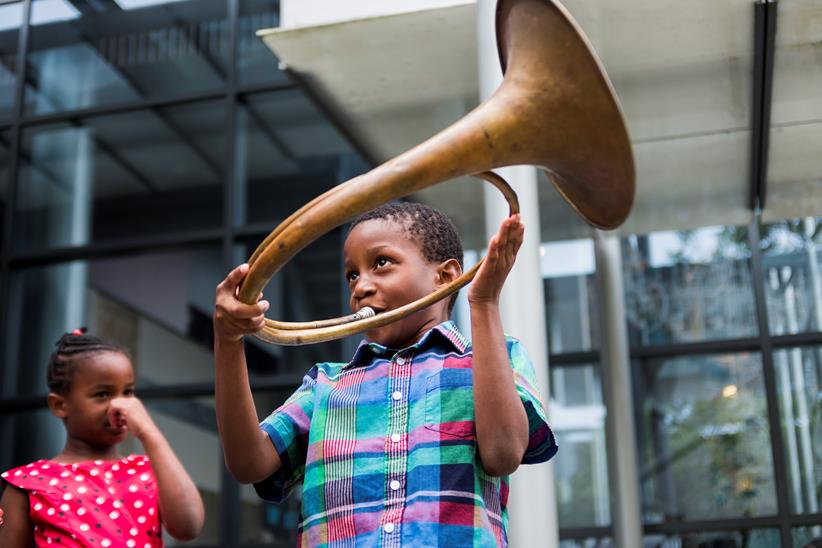
In the world of American opera 2017, the community is no longer an elective: It’s imperative. If in the past a company’s identity rested in its staged and ticketed artistic offerings, it must now define itself as a participant in a greater civic discourse, forming connections not just to a core audience, but to the community at large, reaching constituents who may have never attended a mainstage opera — and conceivably, may never do so.
Al fresco series like Annapolis Opera’s Pop-Up Opera, Nashville Opera’s 30 Days of Opera and Portland Opera’s Opera a la Carte bring performances to audiences who in many cases may have never before encountered live opera. Partnerships with local organizations, like Houston Grand Opera’s “Seeking the Human Spirit” alliances with Houston Methodist Hospital and The Women’s Home, aim at synergistic social impact. When Florida Grand Opera works with victims of human trafficking, or when Des Moines Metro Opera invites veterans to its Soldier Songs production, it’s a sign that opera has the potential to connect with the pressing social issues of our day. Meanwhile, San Diego Opera, which in 2014 nearly ceased operations, has bounced back with a new identity, placing its civic role at the core of its mission statement. “Community engagement feels increasingly necessary to the survival and growth of opera institutions,” says critic Alex Ross.
The field’s ever-increasing emphasis on community connections is a response to both internal and external circumstances. With earned revenue supplying on average less than a third of companies’ budgets, it becomes ever more essential for funders to understand that they aren’t underwriting simply a slate of opera productions, but a community resource with far-reaching benefits. Meanwhile, the political shifts of the past year have exerted another degree of pressure on the arts in general. In particular, the proposed elimination of the National Endowment of the Arts has given new urgency to arts organizations’ need to emphasize their cultural vitality.
“There’s a lot of dialogue now about demonstrating civic values and civic impact,” says Cayenne Harris, head of Lyric Unlimited, the community-programming arm of Lyric Opera of Chicago. “The nonprofit status of performing-arts organizations is based on the idea that we’re providing a service, like food banks and social-service agencies. Since opera in particular is associated with luxury, it’s important to demonstrate that as a company you’re connecting the various parts of the city you live in — not just the people who buy tickets.”
But for all of the civic success of programs like Lyric Unlimited, Harris notes that mainstage offerings still often leave much of the community behind. “It’s not enough for an opera company to say, ‘Through our work in the community, we’re fulfilling our civic obligation,’” she says. “That’s just one part of the equation. Canonical works by dead white men are important to our identity. But we have to look at what isn’t being included — the artists who aren’t included in our production teams, the additional audience members we might add to our community.”
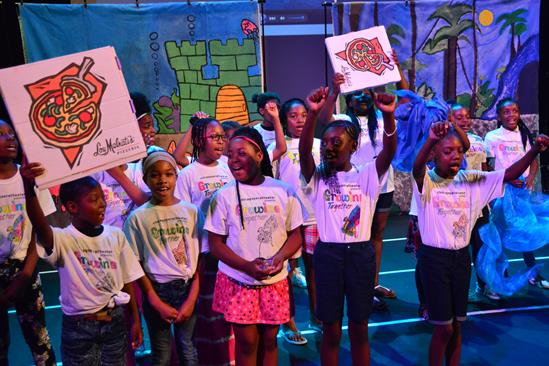
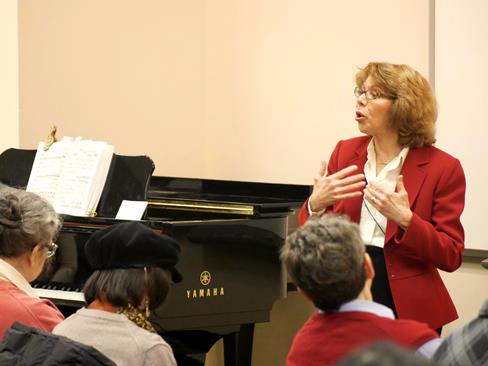
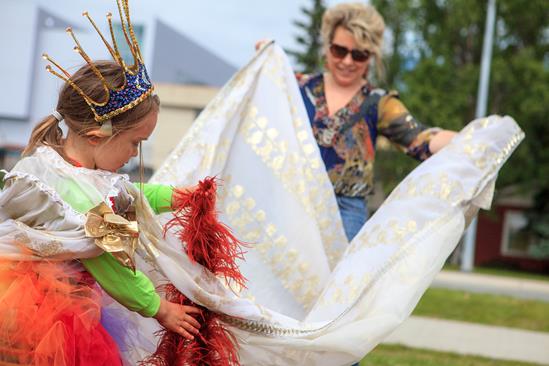
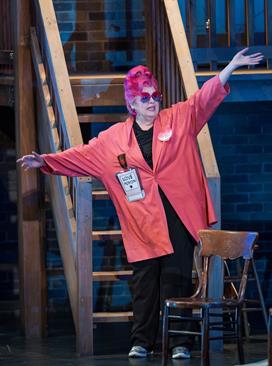
Reviewing the season-opening offerings of the Met and the New York Philharmonic in the pages of The New Yorker, Ross delivered a sharp rebuke to business as usual. “The implicit message is reactionary,” he wrote. “As the nation contends with its racist and misogynist demons ... leading musical institutions give us canonical pieces by white males, conducted by white males, directed by white males.”
The diversity problem of classical music is partly an effect of “our extreme fixation on the past,” Ross explained in a later conversation. “Without any malign agenda, it’s essentially all white men who’ve historically had dominance over music — more so than literature,” he says. “Composing music is not a purely independent act; you need to persuade others to perform it, which can be a monumentally complex exercise. For women and members of minorities it has been a closed business for a long time.”
A longtime advocate for the performance of new music, Ross notes: “If you shift your music more to the present, you automatically get a more broadly diverse repertory and audience.” Contemporary operas bear out his point. High-profile premieres of recent years have featured the music of female composers (Du Yun’s Angel’s Bone, Missy Mazzoli’s Breaking the Waves, Laura Kaminsky’s As One, Kamala Sankaram’s Thumbprint) and composers of color (Daniel Bernard Roumain’s We Shall Not Be Moved, Mohammed Fairouz’s The Dictator’s Wife, Huang Ruo’s An American Soldier). Works like Shalimar the Clown and The Summer King provide performance opportunities for multiracial casts. “I’m thrilled that there are many more active choices being made to seek out composers and directors and performers of color,” says Cayenne Harris. “These are positive signs that make me hopeful.”
“We need to keep trying to think about what is possible, and where we can move the bar in our choices for community partnerships and what we present on the mainstage,” Harris says. “We’re seeing a clearer demand from the public, from younger generations coming up. I’m excited by the possibilities.”
This article was published in the Winter 2018 issue of Opera America Magazine.

Fred Cohn
Fred Cohn is the former editor of Opera America Magazine.





